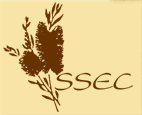Early Enterprises |
Seaweed Harvest
The Second World War saw the drying up of gelatin imports from Japan. This was needed for the manufacture of agarused in medical research, used as a thickening agent in products such as ice cream and tomato sauce, and used as the tenderiser and filler in tinned meats such as the army ration, Bullybeef. Extensive beds of the agar producing seaweed, Gracialaria , were discovered on the Kurnell side of Botany Bay. The seaweed was first crudely harvested by dragging an anchor through the weed beds. A little later a large rake about five to six feet long was dragged along the bed of the bay by a powerboattearing the plant up roots and all! Later still, a cutting blade shaped like a scythe was dragged behind the boats. |

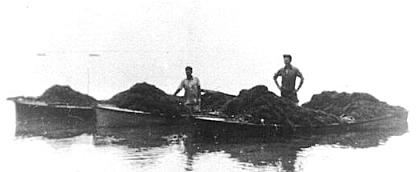

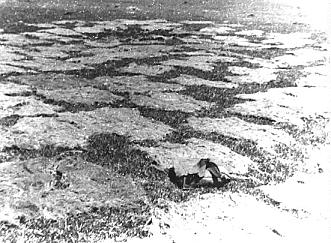 |
The weed was also hung over fences and bushes, and indeed on any available surface. When wet, it was extremely heavy but after drying in the sun it was light enough to be handled in large volumes.
Alf Jacobs was hauling and turning the seaweed on Bonna Point the day the Second World War ended. He recalls: "That was a funny day. Everybody was goin' to knock off work. I was the only bloke up the point there, turnin' over the seaweed. We 'ad all been told to knock off. I said, 'I'll just finish what I'm doin' 'ere, then I'll knock orf''. I 'ad Buckley's chance.
“Jimmy Raine had a company and took the seaweed on Ray Pryor's truck to Cronulla then put it on a train and sent it off to Newcastle. 'E used to come out an' do all 'is deliverin' an' 'ed pull up 'ere an' pick up a truck load of stuff to take back. The first truck was only a little two-wheeler one 'orse thing. But after that 'e got a big one, a four-wheeler. It 'ad four 'orses. That was the one 'e used to come an' get the seaweed with.” |

 |
The seaweed was taken into the boatshed for sorting and baling, rather like wool or hay. |
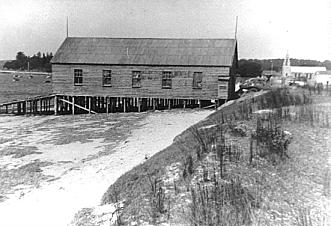
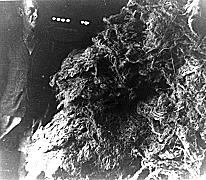 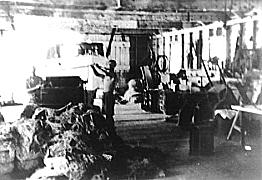 |
The bales, weighing 190-200 lb, were loaded onto the blitz wagon and transported through the dunes to Cronulla railway station, and thence by train to Sydney. "We were getting about six pence a pound or nine pence a pound. By the time we'd dried it out you needed about 5000 lbs to make a quid." |
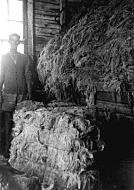  |
| top of page |
